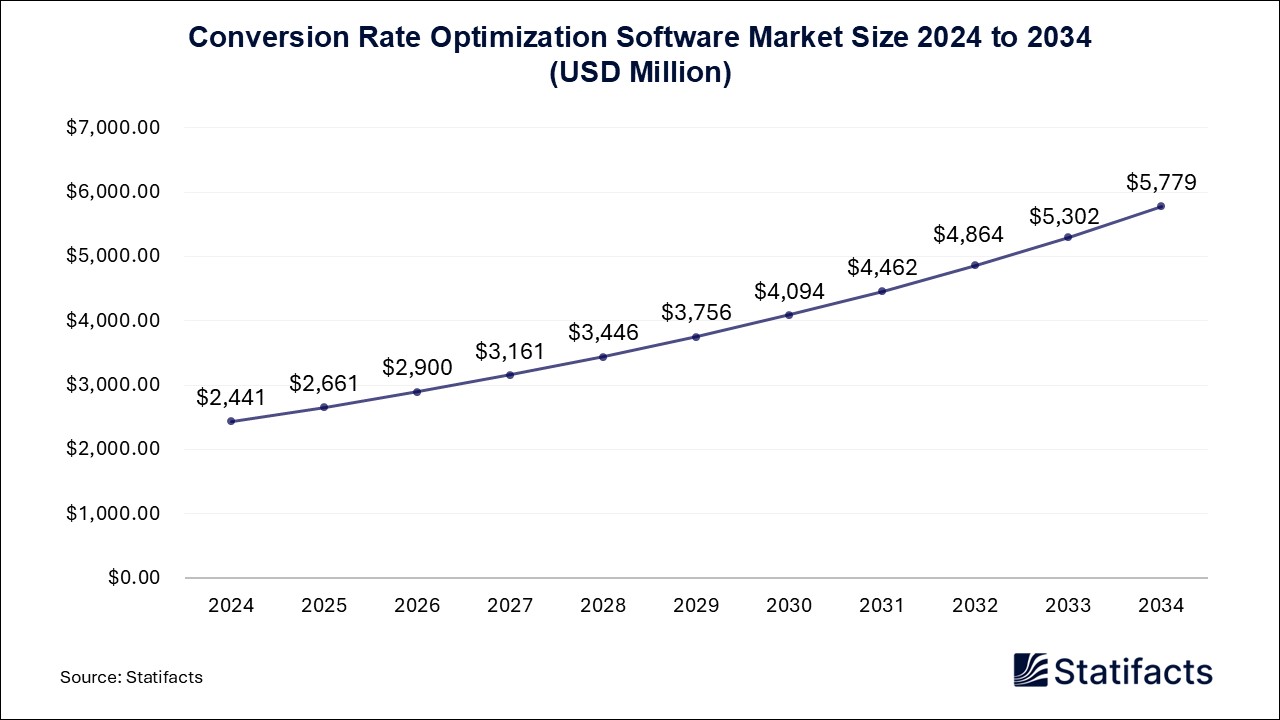

Our customers work more efficiently and benefit from
The global next-generation in vitro diagnostics market size is calculated at USD 96 billion in 2024 and is predicted to reach around USD 163.98 billion by 2034, expanding at a CAGR of 5.5% from 2025 to 2034.
| Industry Worth | Details |
| Market Size in 2024 | USD 96 Billion |
| Market Size in 2025 | USD 101.28 Billion |
| Market Size by 2034 | USD 163.98 Billion |
| Market Growth Rate from 2025 to 2034 | CAGR of 5.5% |
The next-generation in vitro diagnostics market is experiencing a phenomenal rise, driven by technological advances, rising chronic disease prevalence, and growing demand for early and accurate disease detection. In vitro diagnostic tests are performed on samples taken from the human body, blood, urine, and tissue. Tests are crucial for diagnosis, disease monitoring, and treatment frameworks. The industry's recent developments in molecular diagnostics, automation, and AI are resulting in enhanced diagnostic accuracy and efficiency.
Chiefly due to the growing burden on the global healthcare infrastructure due to a rise in demand for treatments of various diseases, the demand for in vitro diagnostics products is also. The increasing global population and escalating elderliness and lifestyle health risks also burgeon the rising demand for routine diagnostic tests. Similarly, the emergence of an array of infectious diseases, inclusive of COVID-19, alongside antimicrobial-resistant infections, reinforces the emphasis on a reliable diagnostic solution with a faster turnaround.
Molecular diagnostics, including PCRs and next-generation sequencing, have done their part in revolutionizing the area of in vitro diagnostics. It enabled precise disease diagnosis, targeted therapies in almost all zones of oncology, malignant diagnosis of early-stage cancers, and personalized medicines. Besides, this growing expansion of genetic testing for hereditary diseases and pharmacogenomics contributes to the rapid growth of the predicted next-generation in vitro diagnostics market. The technological advancement related to liquid biopsy and non-invasive diagnostic techniques is effectively augmenting the patient's care with a safe and efficient manner of testing.
Currently, tests done outside the laboratory (point-of-care tests) are gaining momentum due to the fast diagnosis being carried out locally. Their increasing acceptance at home health care, ambulatory centers, and emergency rooms is contributing immensely to the growth of the next-generation in vitro diagnostics market. Also, the growing adoption of automated laboratory systems promotes diagnostic efficiency, reduces errors, and optimizes workflow in healthcare facilities. The integration of robotics, AI, and machine learning in diagnostic processes is further doing wonders in this regard by enabling accurate and high-throughput testing capabilities.
As much as the next-generation in vitro diagnostics market is growing rapidly, challenges still exist. One big challenge is the high cost of advanced diagnostics, like molecular and genetic tests, which are outside the reach of many low- and middle-income countries. Another limitation is the very strict regulatory frameworks used to warrant approval for such diagnostics or other compliance requirements. The entire path from development to market is complex and involves much testing to show that the product is safe and effective before it can hit the market. This makes approval processes lengthy and costly for manufacturers.
Artificial intelligence is rapidly transforming the next-generation in vitro diagnostics market by further accurately diagnosing an increased capacity. AI algorithms assess large volumes of data for disease marker detection and infer patient outcome predictions. AI is also enabling the development of automated systems for image analysis in pathology and radiology, which cuts human error and improves diagnostic turnaround time. Besides, AI data analytics optimize laboratory workflows, facilitate early case detection, and help in customizing treatment therapies.
The next-generation in vitro diagnostics market is experiencing remarkable expansion in emerging economies, especially Asia-Pacific and Latin America, mainly on account of increased healthcare investments and improved laboratory infrastructure, as well as heightened awareness about preventive healthcare. Advancements in telehealth and remote patient monitoring systems benefit diagnostic testing accessibility. Companion diagnostics guide clinicians on the most suitable treatment approaches for individual patients, especially in the oncology and rare genetic disorder domains. As precision medicine progresses, the demand for companion diagnostics is set to grow exponentially, inviting further innovations and widening market opportunities.
Published by Laxmi Narayan , March 2025
For any questions about this dataset or to discuss customization options, please write to us at sales@statifacts.com
| Stats ID: | 8041 |
| Format: | Databook |
| Published: | March 2025 |
| Delivery: | Immediate |
| Price | US$ 1550 |




| Stats ID: | 8041 |
| Format: | Databook |
| Published: | March 2025 |
| Delivery: | Immediate |
| Price | US$ 1550 |

You will receive an email from our Business Development Manager. Please be sure to check your SPAM/JUNK folder too.

Unlock unlimited access to all exclusive market research reports, empowering your business.
Get industry insights at the most affordable plan
Stay ahead of the competition with comprehensive, actionable intelligence at your fingertips!
Learn More Download
Download
